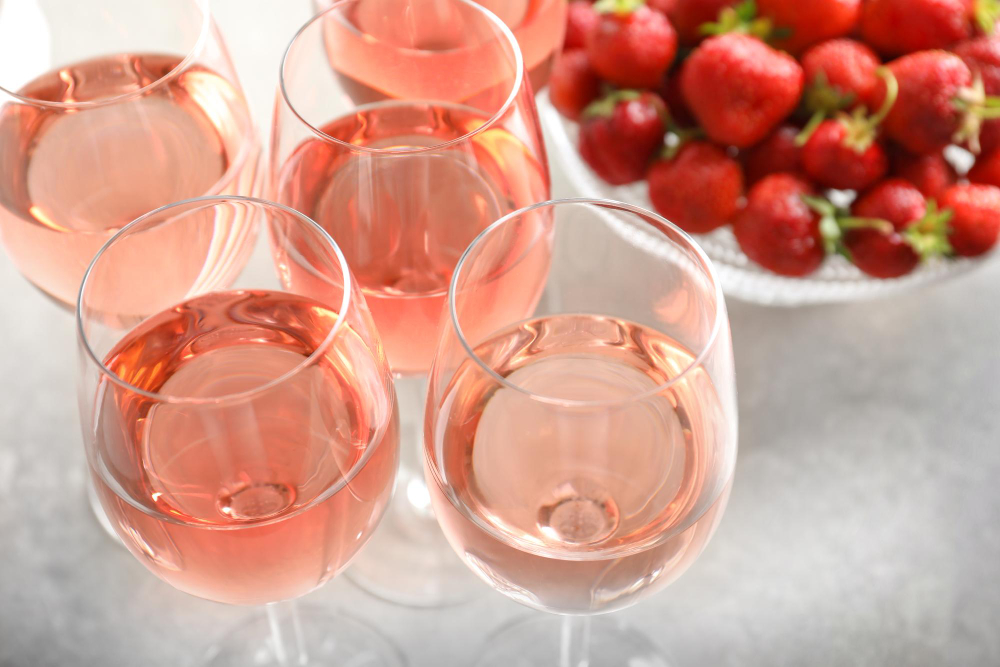How should I drink a rosé wine?

How should I drink a rosé wine?
May 29, 2023, 12:06 pm
Rosé wines are a versatile and refreshing option for any occasion, but especially for the summer season. They can range from light and delicate to full-bodied and fruity, depending on the grape varieties, climate and winemaking techniques used. In this blog post, we will explore some of the virtues of rosé wines, where to find the best ones in Spain and how to pair them with food.
One of the main virtues of rosé wines is their diversity. Rosé wines can be made from almost any red grape variety, such as Garnacha, Tempranillo, Syrah, Cabernet Sauvignon or Pinot Noir. They can also be blended with white grapes, such as Viura or Verdejo. The colour of rosé wines depends on the amount of time that the grape skins are in contact with the juice, which can vary from a few hours to a few days. The longer the maceration time, the darker and more intense the colour and flavour of the wine.
Another virtue of rosé wines is their balance. Rosé wines combine the red fruit aromas and flavours of red wines with the crisp acidity and freshness of white wines. They are usually dry or off-dry, with moderate alcohol levels and a smooth texture. Rosé wines can be enjoyed young or aged for a few years, depending on the style and quality of the wine.
Spain is one of the leading producers of rosé wines in the world, with a long tradition and a wide variety of regions and styles. Some of the most famous rosé wines in Spain are:
- Navarra: This region in northern Spain is renowned for its rosé wines made mainly from Garnacha grapes. They have a bright pink colour and aromas of strawberries, raspberries and cherries. They are dry, fruity and refreshing, with a medium body and a smooth finish.
- Rioja: This region in north-central Spain is famous for its red wines, but it also produces some excellent rosé wines from Tempranillo and Viura grapes. They have a pale salmon colour and aromas of red fruits, citrus and flowers. They are dry, elegant and complex, with a good acidity and a long aftertaste.
- Cigales: This region in north-western Spain is known for its rosé wines made from Tempranillo, Garnacha and Verdejo grapes. They have a deep pink colour and aromas of ripe fruits, herbs and spices. They are dry, full-bodied and structured, with a rich texture and a spicy finish.
Rosé wines are very food-friendly and can pair well with a variety of dishes. Some general tips for pairing rosé wines with food are:
- Lighter styles of rosé wines will tend to pair better with more delicate food, such as fresh salads, charcuterie or seafood.
- Fuller styles of rosé wines will tend to pair better with more robust food, such as grilled meats, spicy dishes or cheese.
- Regional pairings can also work well, as food and wine from the same country or area will have flavours that complement each other.
Some examples of delicious pairings with rosé wines are:
- Navarra rosé with chicken or niçoise salad
- Rioja rosé with salmon or feta cheese
- Cigales rosé with lamb or paella
Rosé wines are a great choice for any wine lover who wants to enjoy a diverse, balanced and versatile wine that can match any mood, occasion or cuisine. Cheers!
